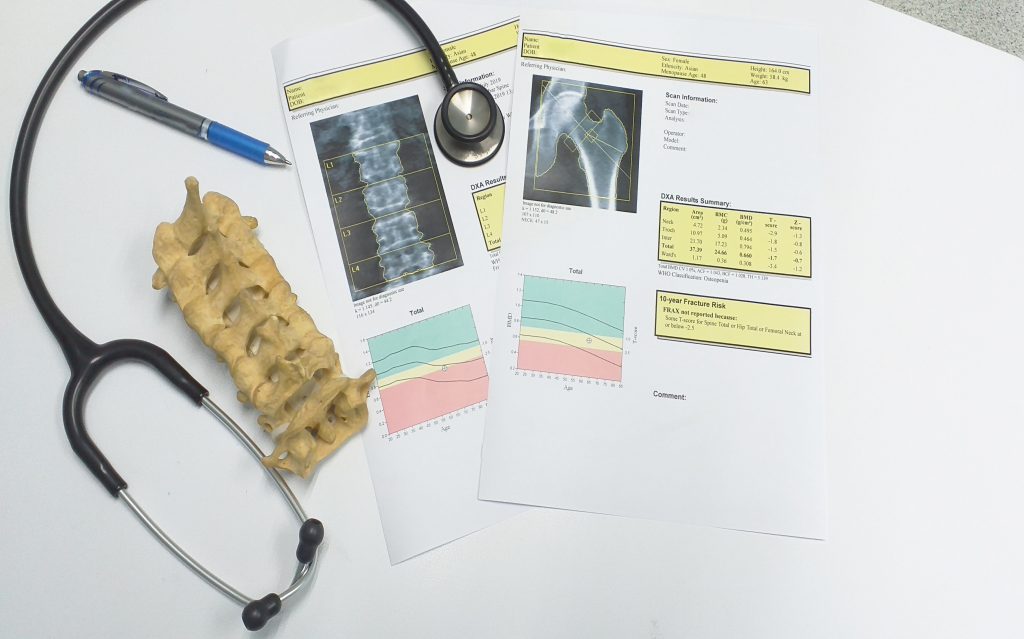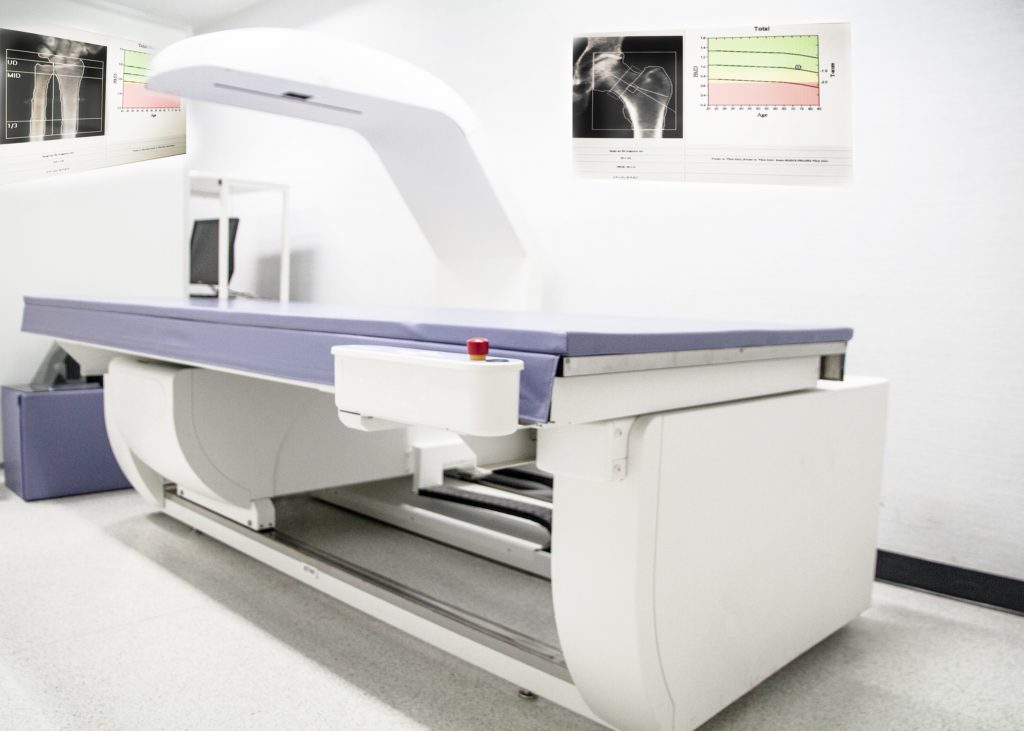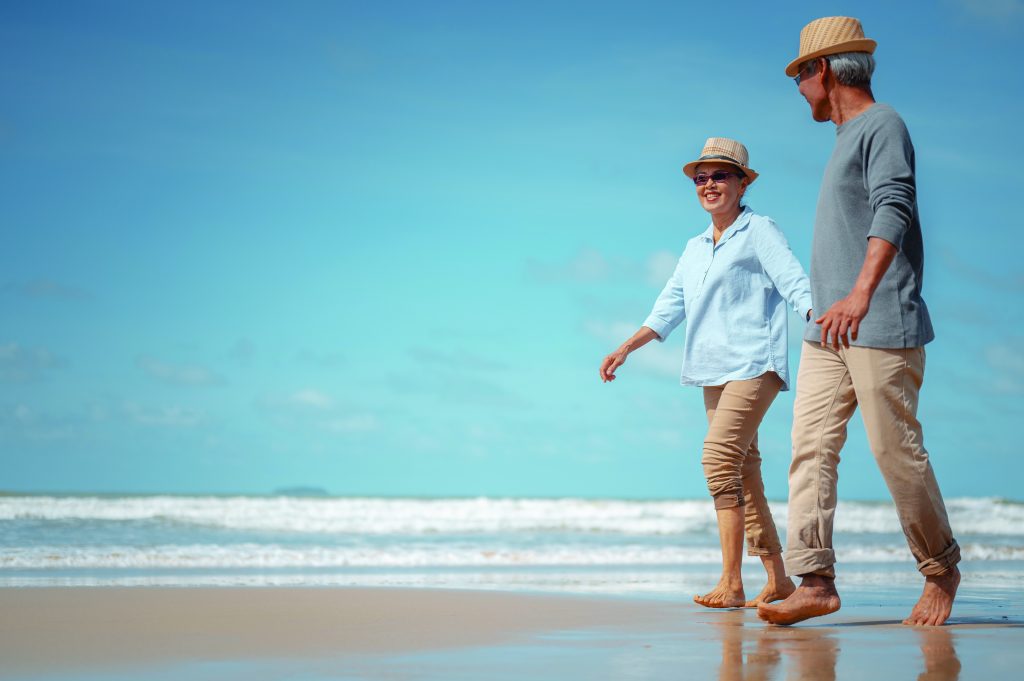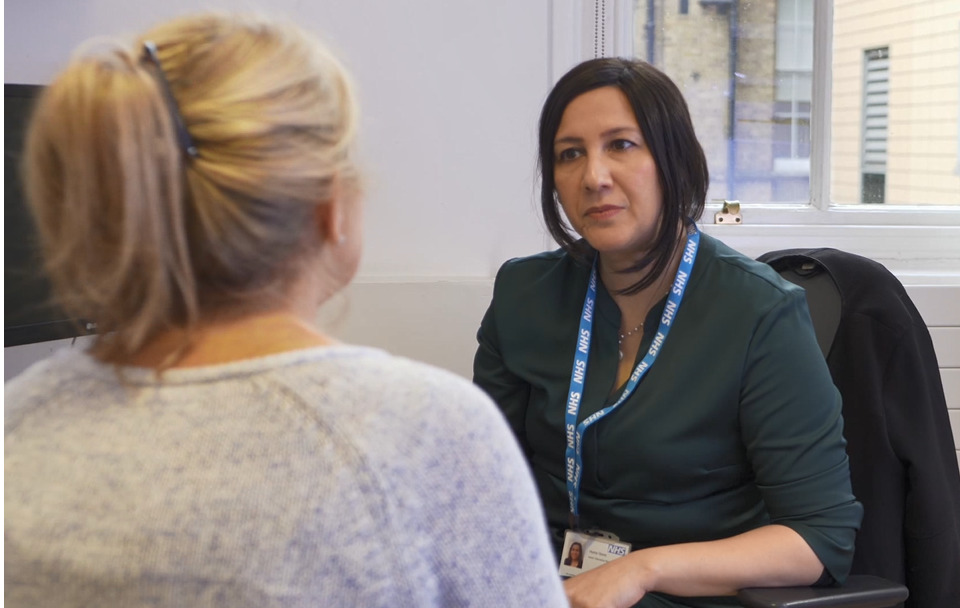DEXA
Treatment that delivers better results

What is DEXA?
A DEXA scan is the best way to measure bone density, it is the most accurate and reliable test for assessing the strength of your bones and their risk of fracture.
Bone density scans are often used to diagnose or assess your risk of osteoporosis, a health condition that weakens bones and makes them more likely to break.
How does it work?
During a bone density scan, a special type of X-ray called dual energy X-ray absorptiometry is passed through your body. This is shortened to DEXA.
Some radiation is absorbed by the bone and soft tissue, and some travels through your body. Special detectors in the DEXA machine measure how much radiation passes through your bones, and this information is sent to a computer.
Your bone density measurements will be compared with the bone density of a young healthy adult or an adult of your own age, gender and ethnicity


Who needs to have a bone density scan?
You may need to have a bone density scan if you’re:
- over 50 with a risk of developing osteoporosis
- under 50 with other risk factors, such as smoking or a previous broken bone
The results from a bone density scan are usually used alongside a fracture risk assessment to assess your chances of osteoporosis and breaking a bone.
Before your DEXA scan
A DEXA may not be suitable if you have any of the following conditions:
- severe mobility problems
- you are unable to lie flat for a few minutes
- you are pregnant, or think you may be
- your weight exceeds 120 kg (19 stones)
- recent contrast examination e.g. barium swallow
- you have ever had surgery on your spine or hip (e.g. hip replacement)


What happens on the day?
Please bring along to the scan a list of any medication prescribed by your doctor if possible.
When you come for your scan, you should try to wear clothes that have no metal or plastic at the hips or along the spine (e.g. zips, bras, buckles, buttons and studs). You will then be able to have the scan in your own clothes.
You will be asked to lie on a firm couch with a small pillow whilst the scanner arm passes over you. You will not be in a tunnel. The radiographer will be in the room with you during the scan.
Patient information booklet
For further information please download our booklet using the button below.
Navigate to
How to access our services
NHS Referrals
Healthshare Diagnostics does not accept self-referrals from NHS patients, you must be referred by your GP or a medical professional.
Details for your GP can be found here.
Private Patients
If you are a private patient you can refer yourself by calling 0330 127 3229

